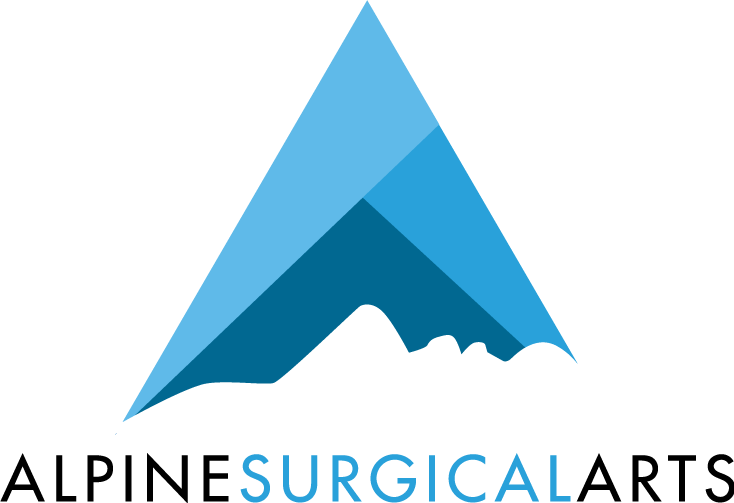Rhinoplasty
Rhinoplasty, or surgery to reshape the nose, is one of the most common of all plastic surgery procedures. Nasal surgery can:
Reduce or increase the size of your nose.
Change the shape of the tip or the bridge.
Narrow the span of the nostrils.
Change the angle between your nose and your upper lip.
Help relieve some breathing problems.
The best candidates for nasal reshaping are people who are looking for improvement, not perfection, in the way they look.
Many surgeons prefer not to operate on teenagers until after they've completed their growth spurt which is around 15 for girls, a bit later for boys.
Where will my nasal surgery be done and how long does it take?
Nasal surgery may be performed in our office surgical suite on an outpatient basis. The procedure usually takes an hour or two, though complicated procedures may take longer.
How is nasal surgery done?
Nasal surgery is performed under intravenous anesthesia. You'll be sedated, and your nose and the surrounding area will be numbed. You'll be relaxed during the surgery and insensitive to discomfort.
During surgery, the skin of the nose is separated from its bone and cartilage and then the bone and cartilage are sculpted to the desired shape. After that's completed, the skin is redraped over the new framework. Dr. Bailey or Haghighi performs an "open" procedure during which he makes a small incision across the columella, the vertical strip of tissue separating the nostrils. The rest of the incisions are made inside the nose.
When the surgery is complete, a splint will be applied to help your nose maintain its new shape. Nasal packs or soft plastic splints also may be placed in your nostrils to stabilize the septum, the dividing wall between the air passages.
What are the risks of nasal surgery?
When nasal surgery is performed by a qualified surgeon, complications are infrequent and usually minor. Nevertheless, there is always a possibility of complications, including infection, nosebleed, or a reaction to the anesthesia. You can reduce your risks by closely following your surgeon's instructions both before and after surgery.
After surgery, small burst blood vessels may appear as tiny red spots on the skin's surface near the junction of the nose and face; these are usually minor but may be permanent. As for scarring, when nasal surgery is performed from inside the nose, there is no visible scarring at all. When an "open" technique is used, or when the procedure calls for the narrowing of flared nostrils, the small scars on the base of the nose are minimally visible.
How should I prepare for my nasal surgery?
In your initial consultation, Dr. Bailey or Haghighi will ask you what you'd like your nose to look like, evaluate the structure of your nose and face, and discuss the possibilities with you. Dr. Bailey or Haghighi can show you, using computer imaging technology, an approximation of what you'll look like after your surgery. You should also look at before and after photographs and speak with previous patients (ask Dr. Bailey or Haghighi for referrals to previous patients and where to contact them).
He'll also explain the factors that can influence the procedure and the results. These factors include the structure of your nasal bones and cartilage, the shape of your face, the thickness of your skin, your age, and your expectations. Be sure to tell Dr. Bailey or Haghighi if you've had any previous nose surgery or an injury to your nose, even if it was many years ago. You should also inform your surgeon if you have any allergies or breathing difficulties and if you're taking any medications.
Dr. Bailey or Haghighi will give you specific instructions on how to prepare for your surgery, including guidelines on physical activity, eating and drinking, smoking, and taking or avoiding certain vitamins and medications. Carefully following these instructions will help your surgery go more smoothly. If you smoke, it's especially important to stop at least one month before and after surgery.
Specifications
Medical Name: Rhinoplasty
Common Name: Nasal reshaping
Type of Anesthesia: Intravenous anesthesia
Length of Procedure: 1-3 hours
Recovery Time: 2 weeks
Discomfort Level: Mild to moderate
Procedure Location: Our Office Surgical Suite
Have questions? Set up a consultation about nasal reshaping with us.


